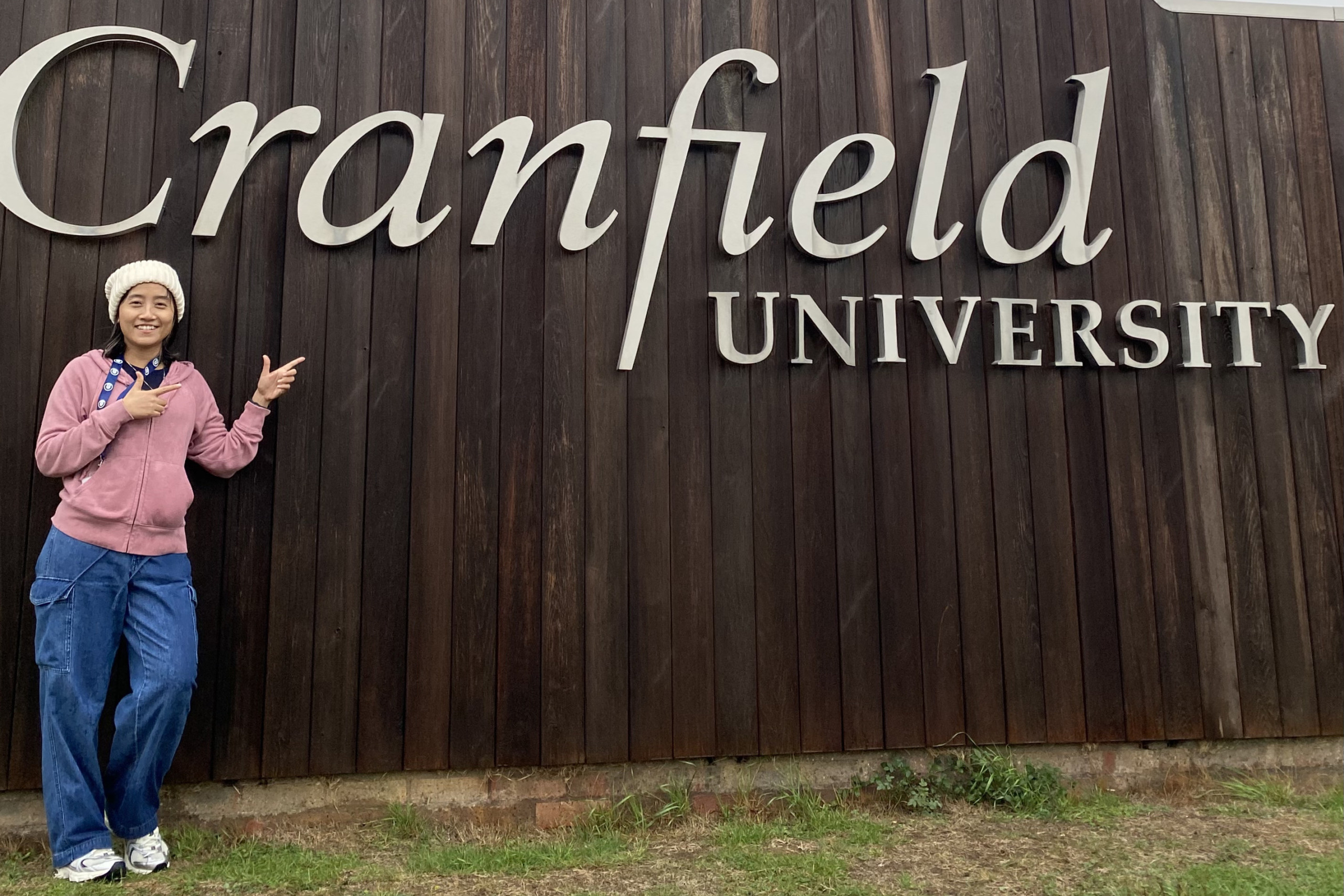Systematic Literature Review – Identifying your search terms and constructing your search strings
28/03/2024

Our previous posts on the systematic review have looked at getting started and selecting your sources. In this post we will look at the next fundamental stage:
- Identifying your search terms and constructing your search strings
Identifying your search terms
Having decided which sources you need to search, the next step in the systematic literature review process is to identify your search terms or keywords:
- These may be individual words such as customer, or phrases like “customer research management”. Note: if phrases are not inserted inside double quotation marks, each word will be searched for individually rather than as a phrase, e.g., customer AND service AND management instead of “customer service management”.
- Your search terms should consist of not just the words which are included in your research question, but also synonyms (e.g. customer OR consumer), spelling variants, and any relevant concepts.
- Spelling variants such as organization and organisation can be dealt with by using the wildcard symbol (‘?’) in place of a single letter. For example, a search for ‘organi?ation’ will look for both spellings of the word. Note: not all sources accept the wildcard symbol. Check the search tips of your resource for guidance.
- Use the truncation symbol (‘*’) at the end of a whole or partial word to search for variant word endings. For example, strateg* will find strategy, strategies, strategic etc. Note: not all sources accept the truncation symbol. Check the search tips of your resource for guidance.
When choosing your keywords, remember that the aim is to identify all relevant literature without making the search so broad that you retrieve lots of irrelevant material. For example, the synonyms for customer in the example below have been combined into a search string using the word OR:
(consumer OR customer OR client OR user)
Note that words such as individual or subject have not been included as these words are homographs and would produce a lot of irrelevant material. Homographs are words that are spelled the same but have more than one meaning. You should also only use ‘sensible synonyms’. For example, in gender studies you would not search using terms such as ‘gentleman’ or ‘lady’. These terms are unlikely to be used by the scholars in your field.
Constructing your search strings
Once you have chosen your keywords and phrases, they can be combined into search strings. Some examples of search strings are given below:
String 1 (“supply chain*” OR “supply network*” OR “demand chain*” OR “demand network*” OR “value chain*” OR “value network*”)
String 2 (“lead time compression” OR “lead time reduction” OR “cycle time compression” OR “cycle time reduction” OR “dwell time compression” OR “dwell time reduction”)
String 3 (agil* OR “quick response” OR speed*)
Note that each search string only contains synonyms or related terms.
Now that you have created your search strings, you are ready to construct your search strategies.
Other blog posts you may find useful
- Systematic Literature Review – Where do I begin?
- Systematic Literature Review – Selecting your Sources
Contact us
Because of the complexity of this process, we recommend that before embarking on a systematic literature review you speak with your Librarian who will be happy to provide guidance.
Categories & Tags:
Leave a comment on this post:
You might also like…
Preparing for assignments and exams?
Sorry! We know it seems a bit mean to mention the exams in January rather than looking forward to the break before it! However, we know many of you will be thinking about your forthcoming ...
Screening for FTSE 100 companies on Bloomberg
So you’re researching an index and need some data on its constituent companies? Bloomberg’s Equity Screening tool makes light work of this, not just for the FTSE, but for indices, exchanges and sectors worldwide. Type EQS ...
Accelerating my future: How Cranfield put me on the fast track to automotive safety innovation
Hello! I’m Michaela Kaiser, and I’m thrilled to share my journey studying abroad. I’m from Calgary, Canada, and I recently graduated from Cranfield’s MSc Automotive Engineering course. My path to Cranfield ...
From Myanmar to Cranfield: My path to Renewable Energy
As someone who is passionate about sustainability, my career goal is to build a path in the renewable energy sector. My aspirations comes from the benefits of developing sustainable energy sources and ensuring energy ...
From lifelong dream to circular economy leader: Q&A with Himesha Randeni on the Environmental Management for Business MSc
What does it take to turn a lifelong passion for the planet into a fulfilling and impactful career? For Himesha Randeni, the answer was the Environmental Management for Business MSc at ...
Library services over the Christmas period
Kings Norton Library will be open 24/7 throughout the holiday period as a study space. Library staff will work until 6pm on Friday 19 December and will resume their normal working hours from 9am on ...






